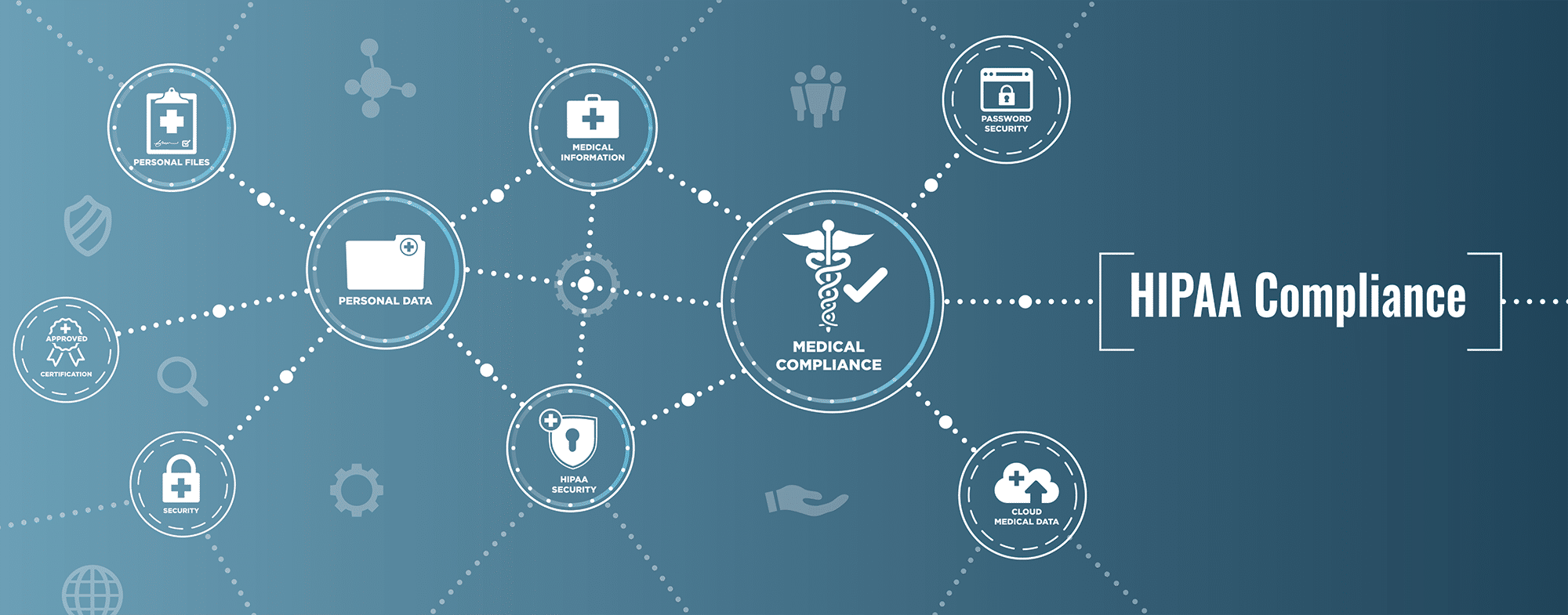In 2022, we know that cybersecurity is a living facet of any company. You don’t just install a firewall or antivirus and go. You have to continually review and revise your protection to make sure it’s capable of warding off threats of all shapes and sizes.
It’s your job to understand their risks and determine the most effective ways to remediate them. All of this ultimately comes down to your pen testing report, and the suggestions you make to your clients.
Before you can start transforming your clients’ solutions, you have to understand pen testing from their perspective. As cybersecurity professionals, we often become so focused on our vantage point that we forget much of what we do is foreign to our clients.
Penetration testing reports help your clients get the most out of their cybersecurity. It helps IT teams improve, and it delivers greater peace of mind to business leaders that their most essential data and digital assets are secure.
What does penetration testing mean?
Penetration testing is launching a simulated cyber attack on an app or network to test its security level.
As part of a comprehensive penetration test, users will rely on the same tools and tactics as real hackers. The goal is to identify any vulnerabilities in the system, and patch them up before a real attacker has the chance to exploit them for their own gain.
Penetration testing can be multi-dynamic, engaging protection from all sides with both authorized and unauthorized protocols.
Using penetration testing helps companies determine how strong their cyber protection really is. The pentester (person performing the test) draws up a detailed report after the process to help organizations make improvements.
You will have to present this information in a way that’s easy-to-understand. Many clients often lack an IT background, so you have to give them the greatest information in sophisticated layman’s terms.
What are the steps of penetration testing?
We can break down pen testing into a 7-step process:
- Scoping and Reconnaissance
- Vulnerability Assessment
- Penetration Testing
- Persistence Testing
- Data Recovery and Artifact Destruction
- Analysis of Results
- Reporting/Debriefing
When you’re writing a pen test report, these steps should all factor into the equation. Let’s analyze each step from the client’s perspective, then see how you may present this information in a report.
Step 1: Scoping and Reconnaissance
The first phase of any penetration test is conducting a careful assessment of the current system. The goal of the pentester is to determine what malicious attacks would be most likely used against this system, as well as how they are likely to be applied.
The scale of a system’s risk directly impacts the scope of its pen test.
You will have to draft a Statement of Work for your client, which includes a detailed outline of what elements they will test and how they will perform their assessment.
The Statement of Work outlines the methodology the pentester will follow as they target specific vulnerabilities.
Step 2: Vulnerability Assessment
Phase one of pen testing establishes an intent and sets goals for the assessment. In phase two, the tester will actually start to scan for weaknesses in the system. They initially use a process called open-source intelligence to collect general information about a site/system that is available to the public.
Then, they go a step further, sending probes to their target that collect important details and allow them to refine their attack.
Examples of vulnerability assessment findings include:
- The structure of a server
- Available access points
- Cross-site scripting vulnerabilities
- Certifications that could be exploited and resigned before being sent into the network
This phase introduces the tester to a system’s biggest weaknesses, and it helps them create a roadmap for their test. It’s important for the company to have both high-level and encrypted security measures tested.
Multilayer pentesting helps companies build more robust cybersecurity defenses, and avoid surface-level protection that is easily penetrated or avoided altogether.
As you coordinate with clients, you should include methods used to perform your vulnerability assessment. Certain details may be excluded depending on the client’s level of IT knowledge, but you should still let them know exactly how you went about your job.
In order for them to bolster their protection in the future, they have to know what measures a hacker would take to gain access to their app/system.
Step 3: Penetration Testing
The actual pen test requires gaining access to an app or network. The tester will do this by deploying attacks against the vulnerabilities assessed in the second phase of the process.
Certain vulnerabilities may be left out of certain tests, so it’s important to collaborate with your tester and know exactly what risks they’re assessing, and which ones may remain unresolved.
Gaining access can take time, but once the tester is in the system, they will continue to escalate their privileges to determine exactly how much access they can achieve. In the worst-case scenario, an attacker can assume complete control over a network.
As the tester, you must develop a report that overviews everything your team did to enter the target point. Where there any areas of the client’s system security that did work? How effective were they? And at what points, if any, where you able to get around them?
Step 4: Persistence Testing
Also known as lateral movement, the tester will start to test the range of authority they have at each level of access. They will deploy agents into the system, and see how much data they can collect and what actions they can perform without being detected or stopped.
The goal of persistence testing is two-fold:
- Determine the exact extent of access an attacker can gain in a system
- Determine the quantity and quality of data that attackers can collect at various points of access
Data is a word that clients always hone in on. Tell them specifically what vulnerabilities you detected, and how easily you were able to compromise their information. Furthermore, your penetration test report should highlight how easily it would be for unauthorized parties to collect the same data in the future.
Step 5: Data Recovery and Artifact Destruction
The tester will ensure that anything altered during the test is restored to its unaltered state. They will also destroy any agents they deployed into the system. This close-out portion of the penetration test also involves closing any rootkits or backdoors that were exploited during the assessment.
Without this step, a website could be left completely vulnerable. At the end of this stage, the network and system should be back to their original state and functioning as expected.
In any report, it can be helpful to let clients know what measures you took to restore their system. This also helps serve as a form of liability protection — you’ve documented the changes you made, detailed how you reserved them, and assured that there is no permanent damage to a client’s property.
Step 6: Analysis of Results
Now that the penetration test is complete, the tester must review all of the information they found. They will work with the rest of the security team to come up with a report that outlines the results of the test.
Different points of concern will be addressed, including:
- How many vulnerabilities the tester found
- The risk level of each vulnerability
- Identification of effective security points
- Highlights of ineffective or broken security measures
- Recommendations to improve security
Make sure that you focus on creating a roadmap of your process. It’s easier for clients to follow you from point A to point B, rather than addressing different vulnerabilities without strong connecting points.
Transitions are a valuable asset here. They allow you to segue from one point of the test to the next without losing your audience.
Step 7: Reporting/Debriefing
With testing and analysis complete, it’s time to meet with your client again. Together, you will cover the results of your testing step-by-step.
Both IT experts and non-technical staff often participate in debriefing sessions. This means that open communication in easy-to-understand language is crucial. There may also be two copies of the final penetration test report — a technical version and non-technical version.
Steps for Application Penetration Testing
Penetration testing always follows a similar format, which we outlined above. However, there are some differences in the procedure depending on what type of system you’re testing. If you want to penetration test a web application, then you’ll need to do the following:
- Gather information about the application through active and passive reconnaissance
- Collecting data about the application using open-source methods
- Determining the tools to use during the web app penetration test
- Narrow down vulnerabilities and attack points, then engage
- Write a detailed report with findings to deliver to the dev team
The entire penetration test for a web application varies depending on the initial vulnerabilities assessment. When working with a software development team, the tester may be given specific points of concern that they need to exploit.
Using web application penetration testing can help you find what risks are the most pressing for your app, and how you can safely protect your data on the internet. This is especially crucial for web applications that are accessible by the public.
Steps for Network Penetration Testing
A network penetration test is more comprehensive than a typical web application test. It targets the actual network that hosts applications to see if it can exploit vulnerabilities and leverage access.
It looks closely at the network’s architecture, as well as any flaws in its design, security, and maintenance.
During a network penetration test, the security expert will:
- Conduct an initial consultation with the client to determine testing goals and approaches
- Collect information about the network through reconnaissance practices
- Conduct a vulnerability assessment to determine points of attack
- Choose appropriate tools and tactics for gaining network access
- Deploy agents within the network to determine the depth of vulnerability
- Restore the network to its untouched state
- Analyze findings, develop recommendations, and report to the client
Benefits of Penetration Testing
Penetration testing is a straightforward yet comprehensive way to determine a network’s vulnerabilities. It helps companies prevent hacks, phishing, and security breaches from both internal and external sources.
Regular penetration testing is the best way to measure the robustness of a cybersecurity strategy, and identify the most essential areas to improve.
How much does penetration testing cost on average?
Penetration testing costs are personalized based on the scale of an organization’s system and the scope of the test. A small business’s penetration test could cost between $4,000 to $10,000, while enterprises can spend over $100,000 on their testing.
Next Steps
If you are interested in learning more about penetration testing and cybersecurity, please contact us at Blue Steel Cybersecurity. One of our IT professionals will be happy to consult with you.
Frequently Asked Questions (FAQ) About Penetration Testing
Penetration testing involves simulating cyber attacks on a system to identify vulnerabilities and weaknesses. It helps organizations understand their security posture and take measures to mitigate risks.
Penetration testing is crucial for organizations to proactively identify and address security vulnerabilities before malicious attackers exploit them. It helps businesses protect sensitive data, maintain customer trust, and comply with regulatory requirements.
Penetration testing typically involves seven steps: Scoping and Reconnaissance, Vulnerability Assessment, Penetration Testing, Persistence Testing, Data Recovery and Artifact Destruction, Analysis of Results, and Reporting/Debriefing.
Application penetration testing focuses on identifying vulnerabilities in web applications, while network penetration testing targets the entire network infrastructure to uncover security weaknesses.
Penetration testing costs vary depending on the size and complexity of the organization’s system and the scope of the test. Small businesses may spend between $4,000 to $10,000, while larger enterprises could invest over $100,000 in comprehensive testing.
Penetration testing helps organizations prevent security breaches, phishing attacks, and data leaks by identifying and addressing vulnerabilities in their systems. It provides insights into the effectiveness of cybersecurity measures and informs strategies for improvement.
To learn more about penetration testing and cybersecurity, you can contact Blue Steel Cybersecurity for a consultation with one of their IT professionals. They can assess your organization’s needs and recommend appropriate testing strategies.
Penetration testing should be conducted regularly, ideally on an annual basis or whenever significant changes are made to the organization’s infrastructure or applications. Regular testing helps ensure ongoing security and compliance with industry standards.
While some organizations may have internal IT teams capable of conducting penetration testing, it’s often beneficial to engage external cybersecurity experts. External testers bring unbiased perspectives and specialized skills to identify vulnerabilities effectively.
The duration of a penetration testing engagement varies depending on the complexity of the system and the scope of the test. It can range from a few days to several weeks, including preparation, testing, analysis, and reporting phases.







